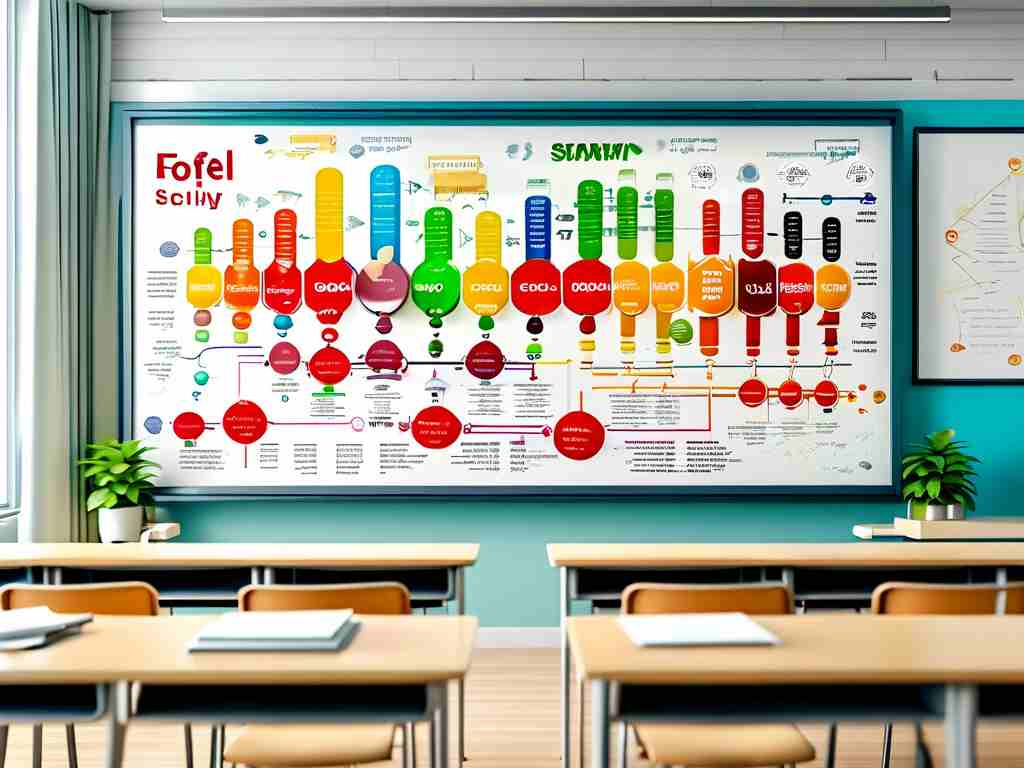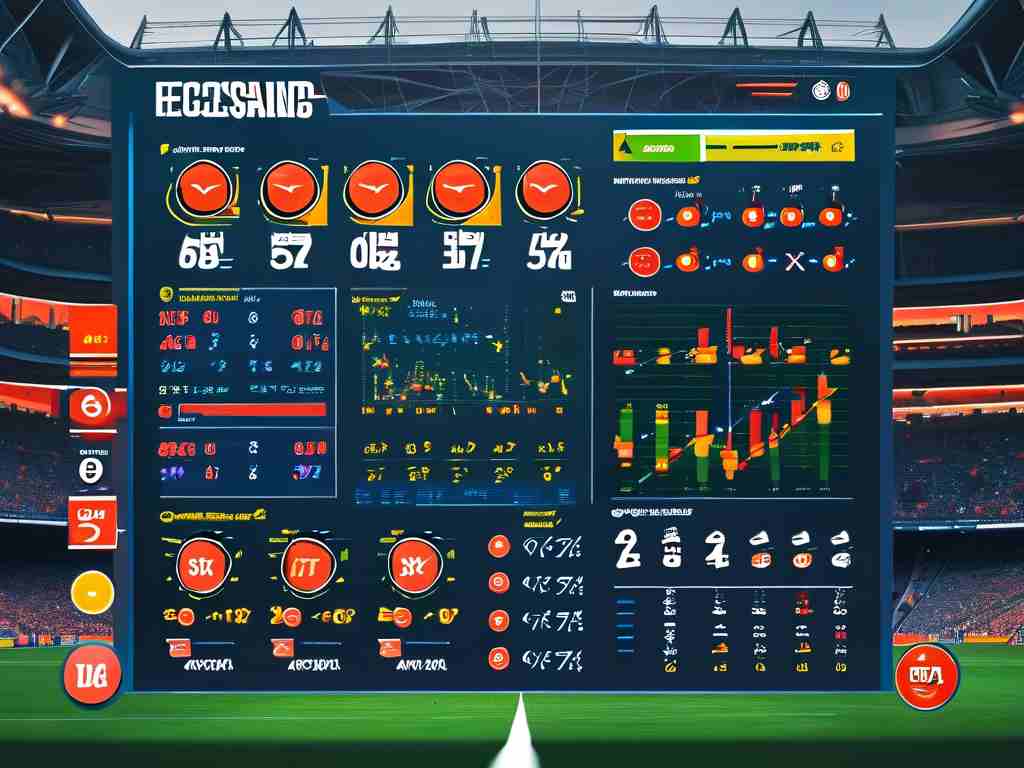Mathematical modeling competitions demand a strategic blend of domain knowledge and technical expertise. Among the critical success factors is mastering algorithms that efficiently solve complex problems. This article explores essential algorithms frequently employed in events like MCM/ICM, HiMCM, and national-level contests, offering insights into their practical applications and implementation strategies.

Core Algorithm Categories
Modeling challenges typically revolve around optimization, prediction, classification, and simulation. Linear programming (LP) forms the backbone of resource allocation problems. For instance, the simplex method remains indispensable for maximizing/minimizing linear objectives under constraints. Modern variations like integer linear programming (ILP) extend its utility to discrete decision-making scenarios.
Machine learning algorithms have gained prominence in recent competitions. Random forests excel at handling high-dimensional datasets with missing values, while support vector machines (SVM) prove effective for classification tasks with clear margin separation. A Python snippet demonstrates SVM implementation:
from sklearn import svm clf = svm.SVC(kernel='linear') clf.fit(training_data, labels) predictions = clf.predict(test_data)
Optimization Techniques
Heuristic algorithms dominate time-sensitive modeling scenarios. Genetic algorithms (GA) mimic natural selection to solve combinatorial optimization problems, particularly useful when traditional methods fail. Particle swarm optimization (PSO), inspired by bird flocking behavior, efficiently handles non-convex optimization landscapes. These methods often outperform gradient-based approaches in competitions due to their flexibility.
For dynamic systems, differential equations remain irreplaceable. The Runge-Kutta method provides numerical solutions for ordinary differential equations (ODEs), crucial for modeling population dynamics or mechanical systems. Partial differential equations (PDEs) addressing heat transfer or wave propagation often employ finite element analysis (FEA) techniques.
Statistical and Probabilistic Tools
Monte Carlo simulations enable risk assessment in uncertain environments. By generating thousands of potential outcomes, teams can quantify probabilities for financial or logistical models. Bayesian networks offer structured approaches to causal reasoning, especially valuable in epidemiology challenges.
Time series analysis tools like ARIMA (AutoRegressive Integrated Moving Average) help forecast trends from temporal data. Combining this with Fourier transforms allows decomposition of complex signals – a technique frequently applied in environmental modeling contests.
Network and Graph Algorithms
Shortest-path algorithms (Dijkstra, Floyd-Warshall) underpin transportation and routing problems. Community detection algorithms like Louvain modularity optimize network partitioning for social network analysis. PageRank variants remain relevant for influence quantification in web-based models.
Implementation Considerations
Competitors must balance accuracy and computational efficiency. Dimensionality reduction techniques (PCA, t-SNE) prevent overfitting in data-heavy tasks. Cross-validation ensures model robustness within tight competition timelines. Teams often combine multiple algorithms – for example, using k-means clustering to preprocess data before applying regression models.
Emerging Trends
Deep learning architectures like LSTM networks now appear in advanced prediction models. Quantum-inspired algorithms are gaining traction for specific optimization challenges. However, participants should prioritize mastering foundational algorithms before exploring cutting-edge methods.
Mastering these algorithms requires hands-on practice. Many successful teams maintain code repositories for quick adaptation during competitions. Ultimately, strategic algorithm selection – matched with clear problem interpretation – separates winning solutions from ordinary submissions.







